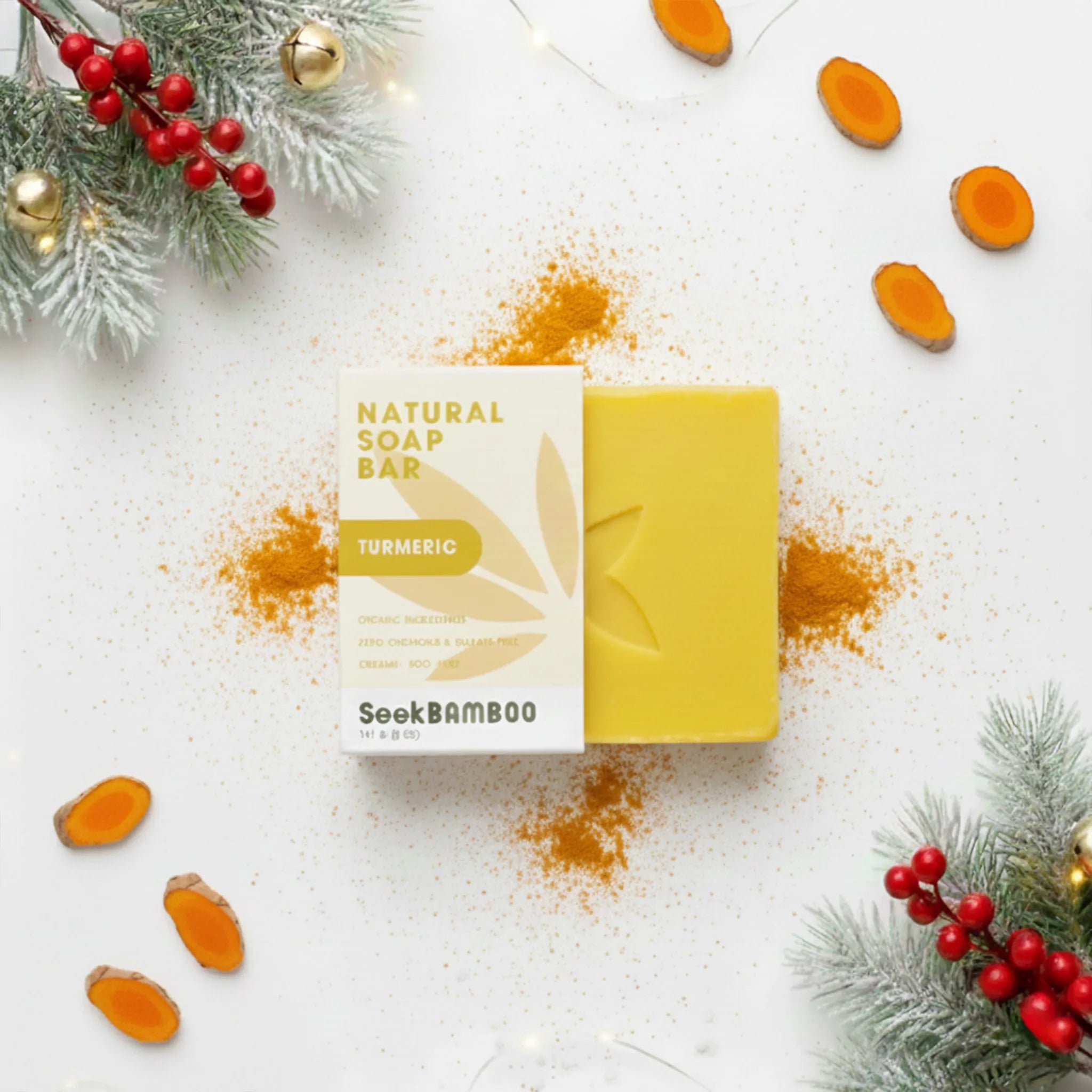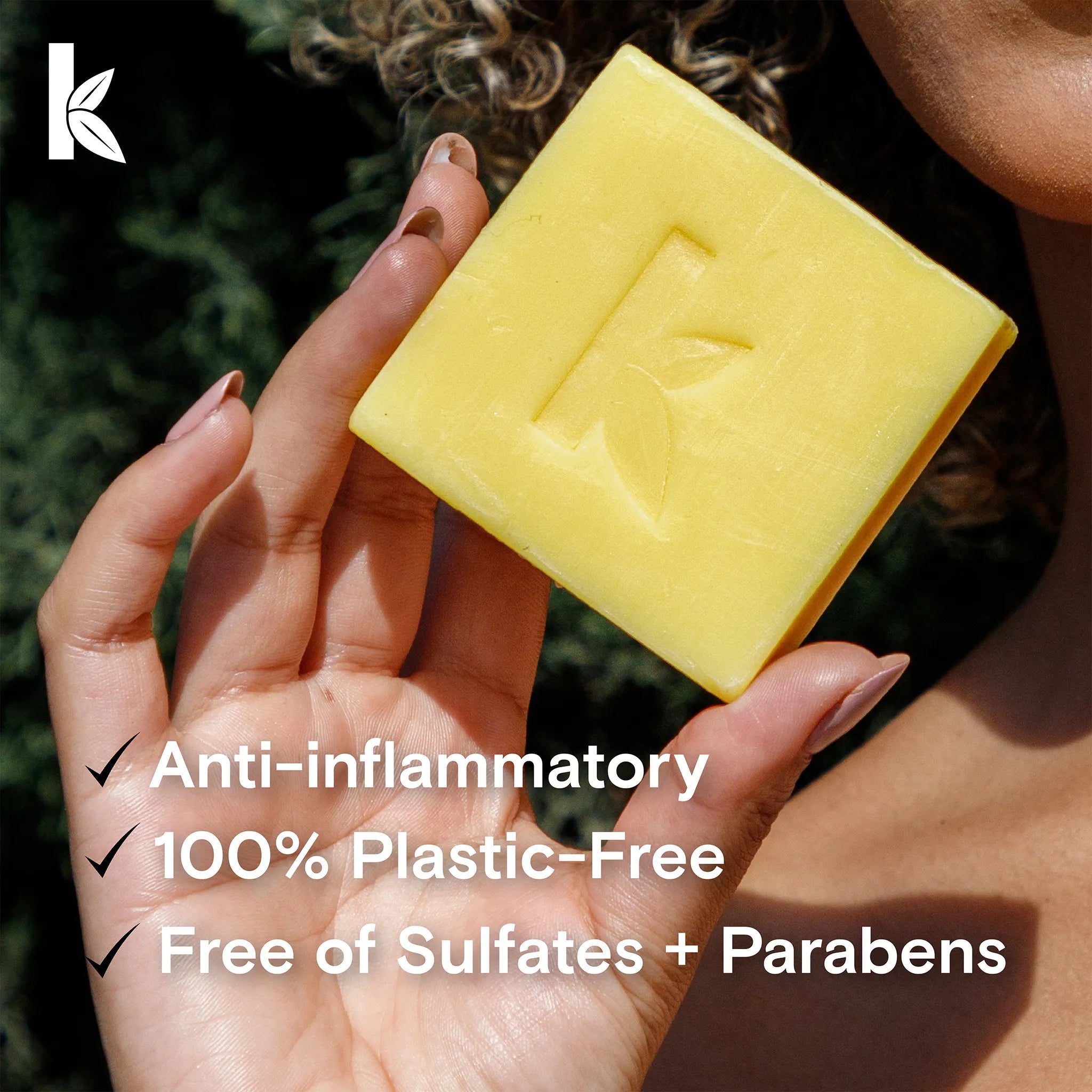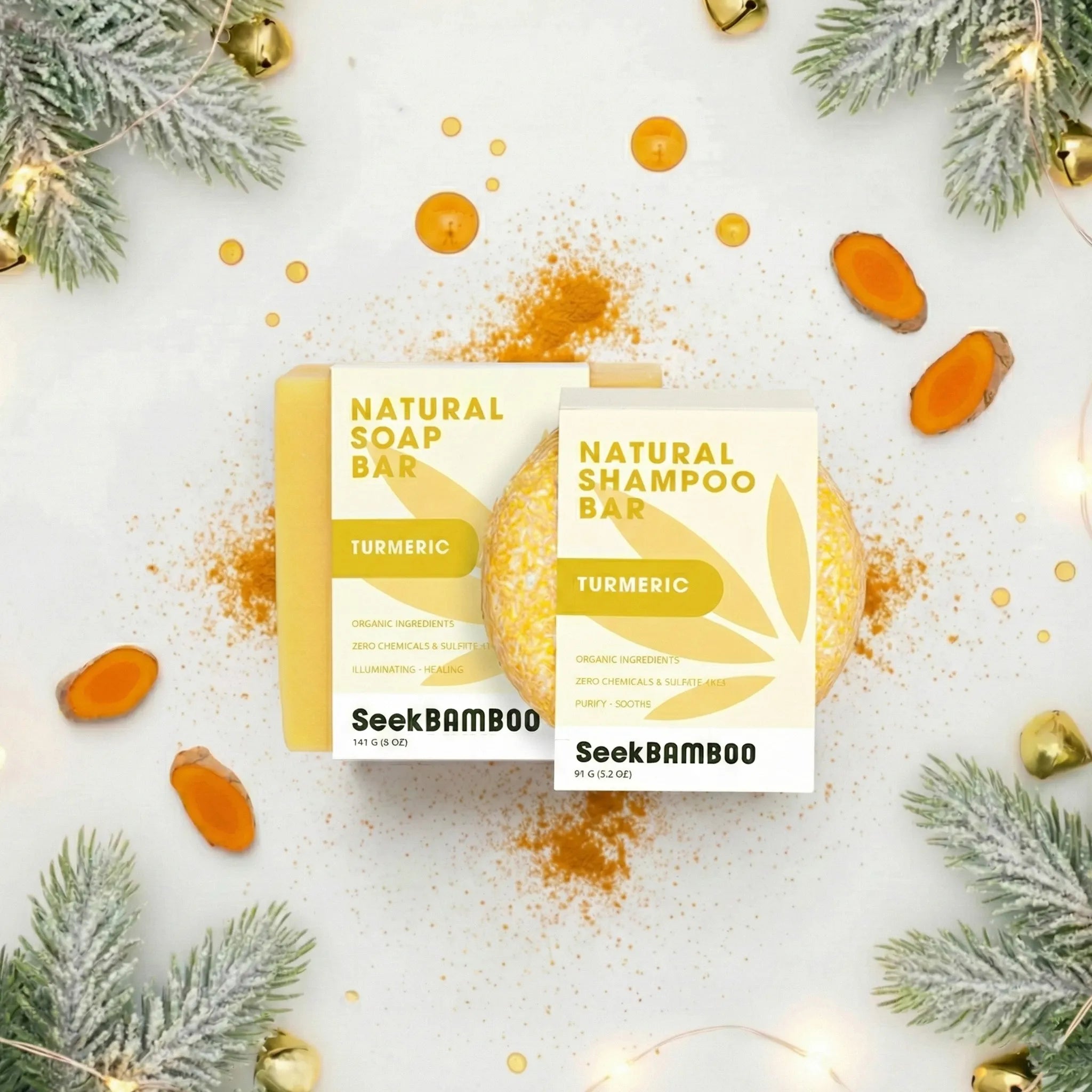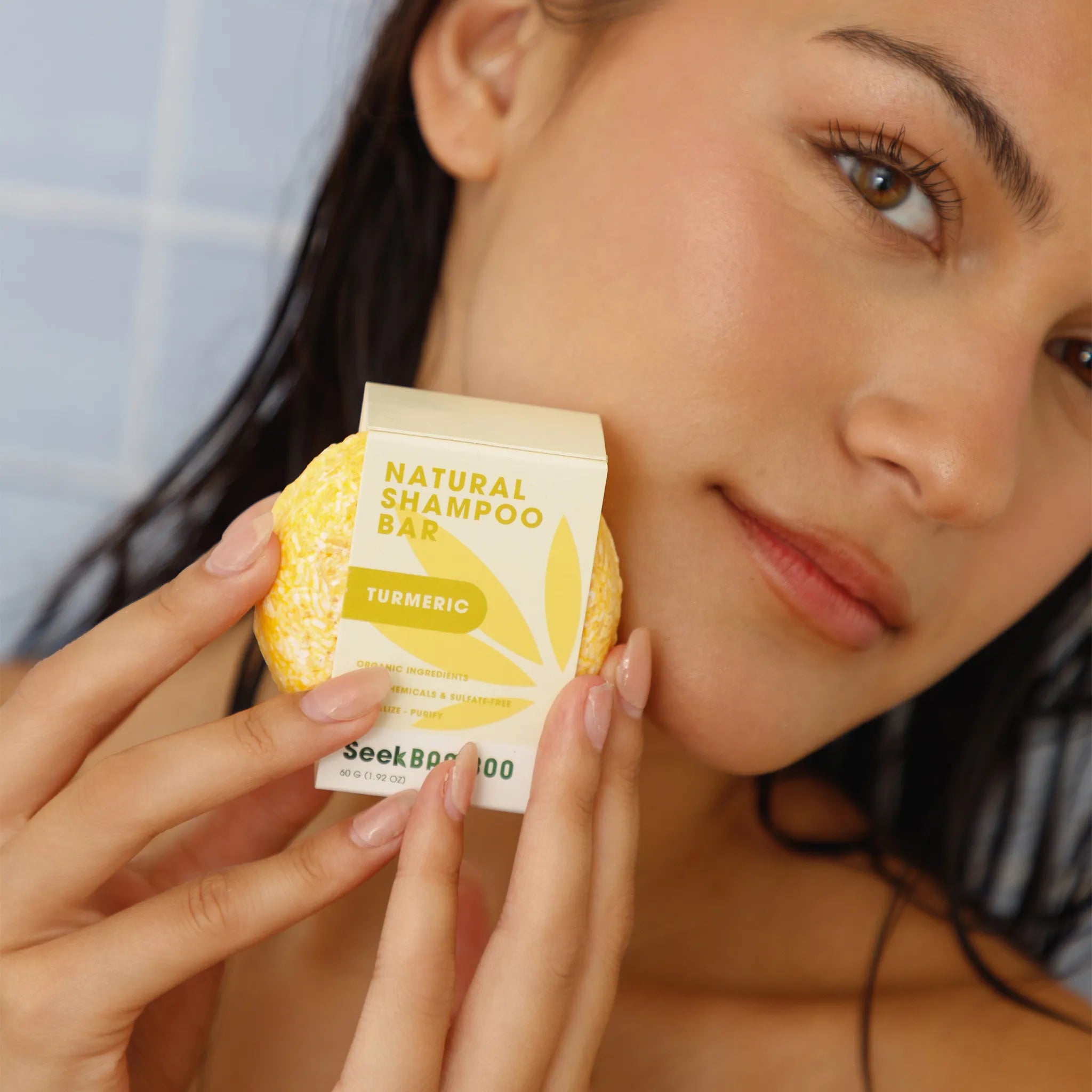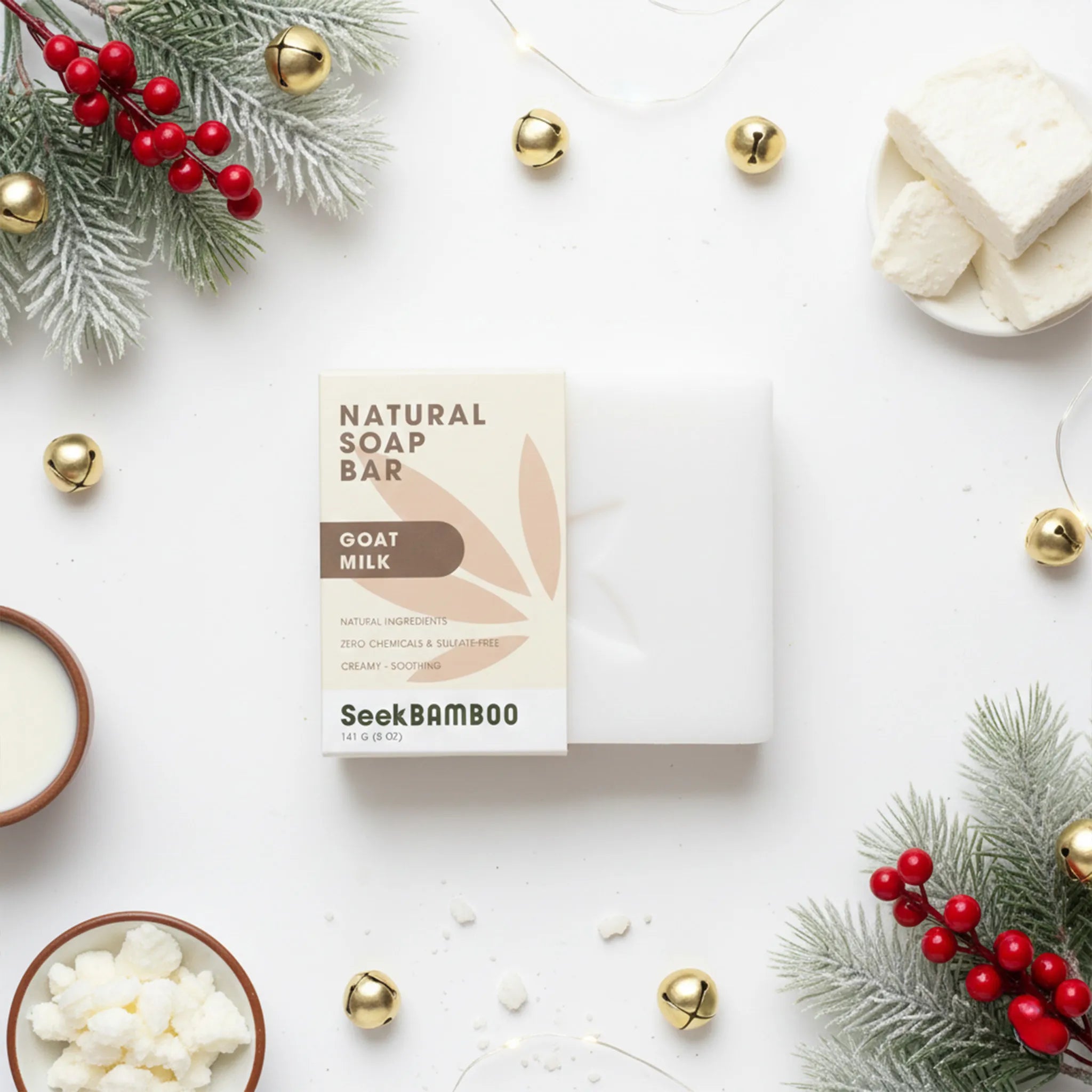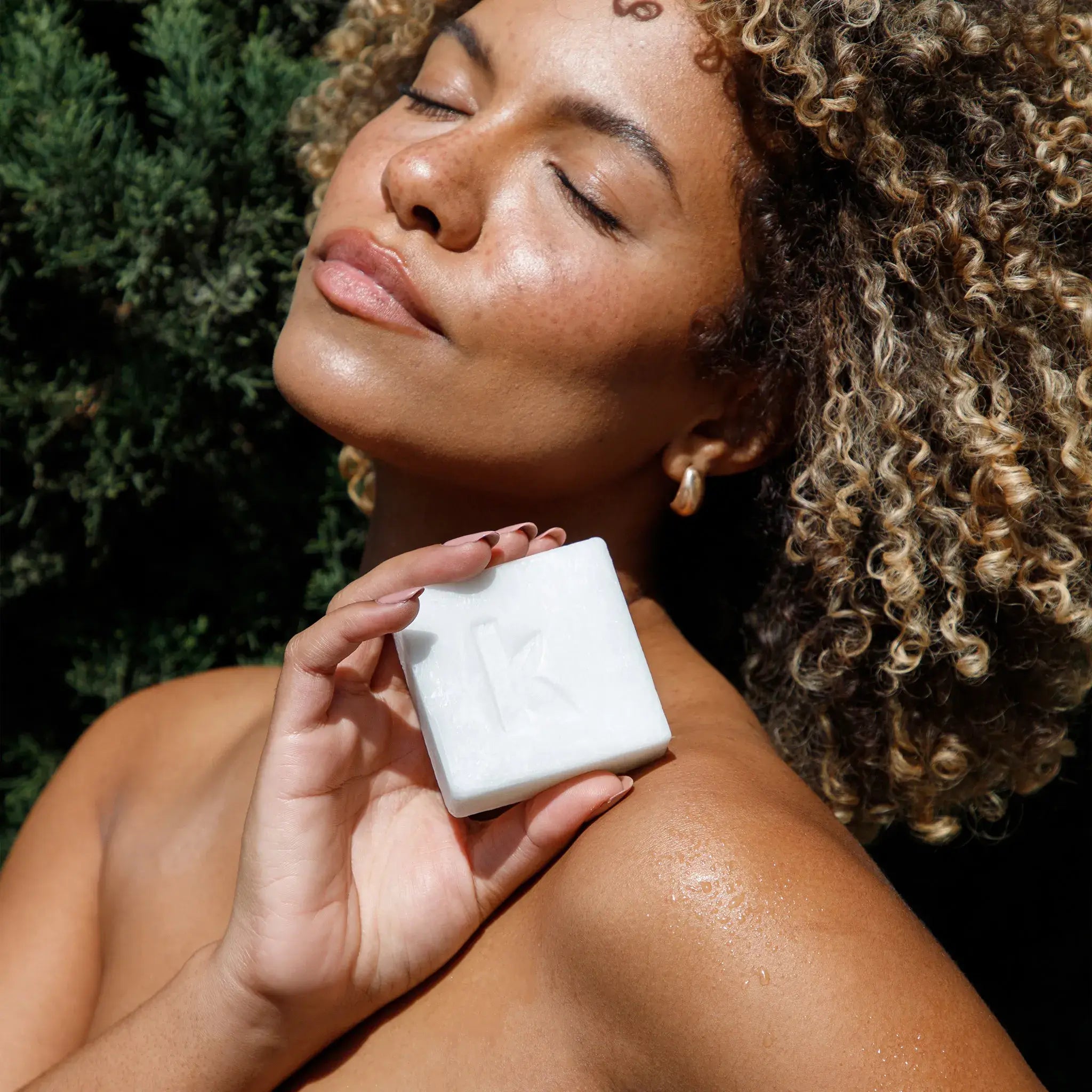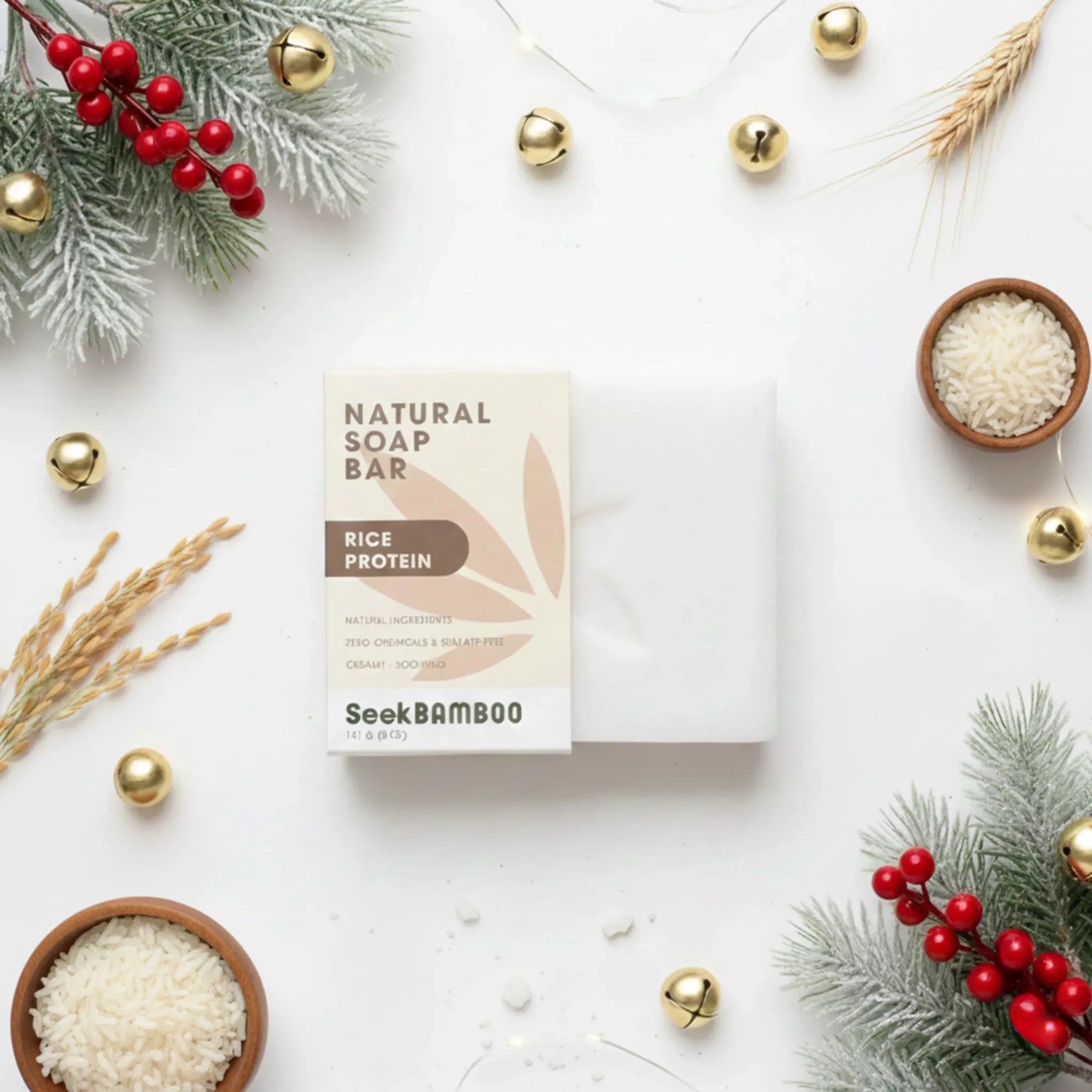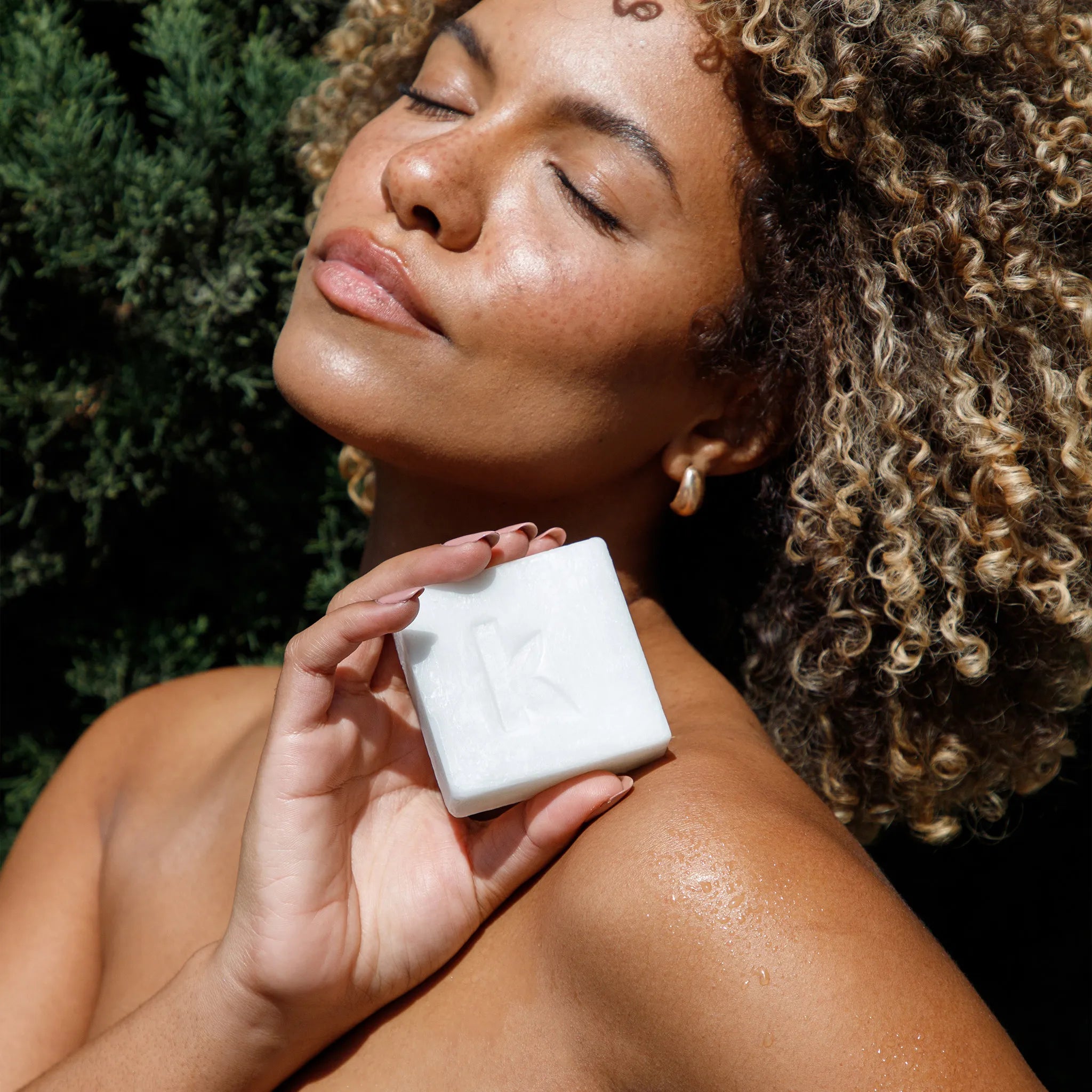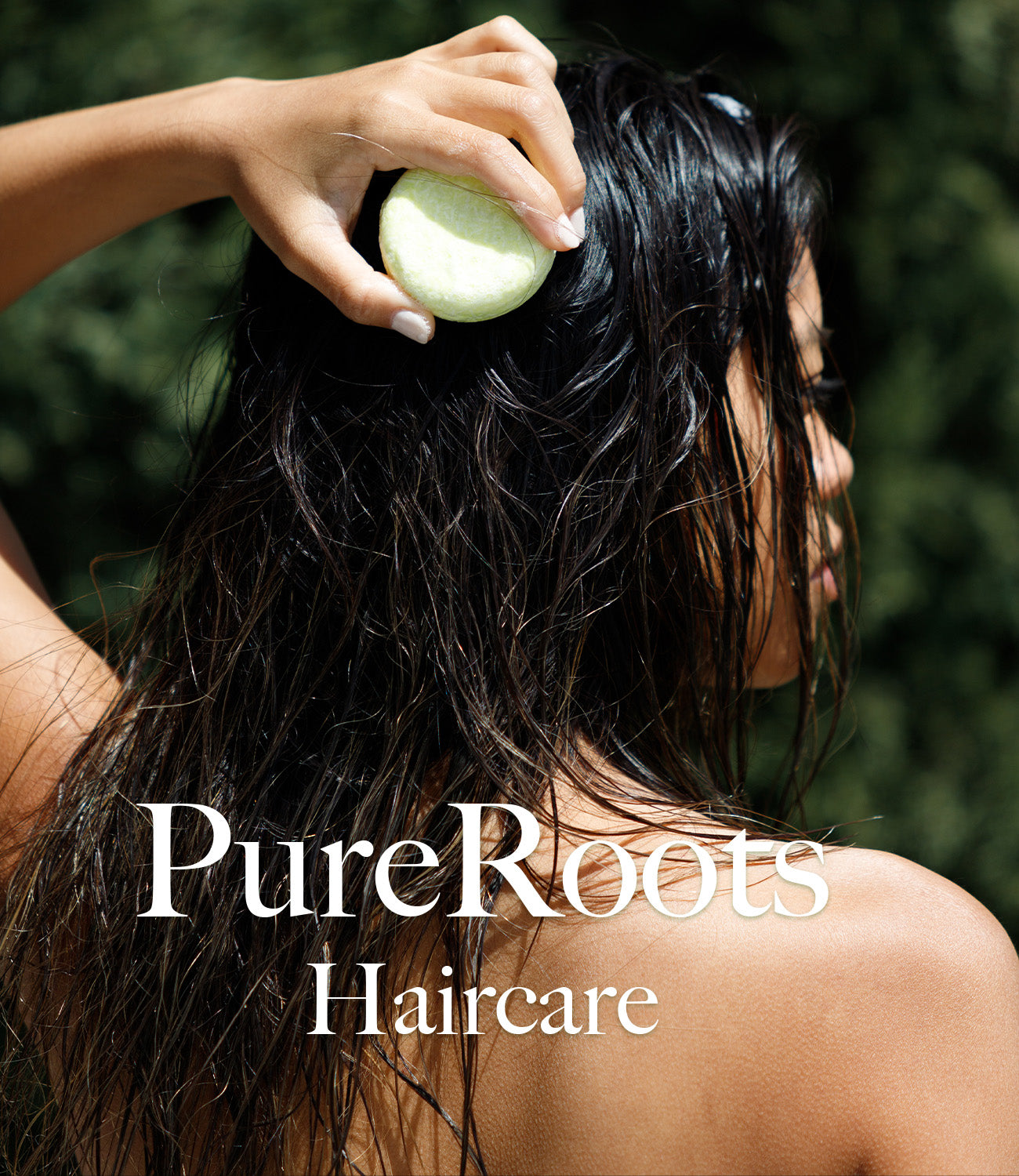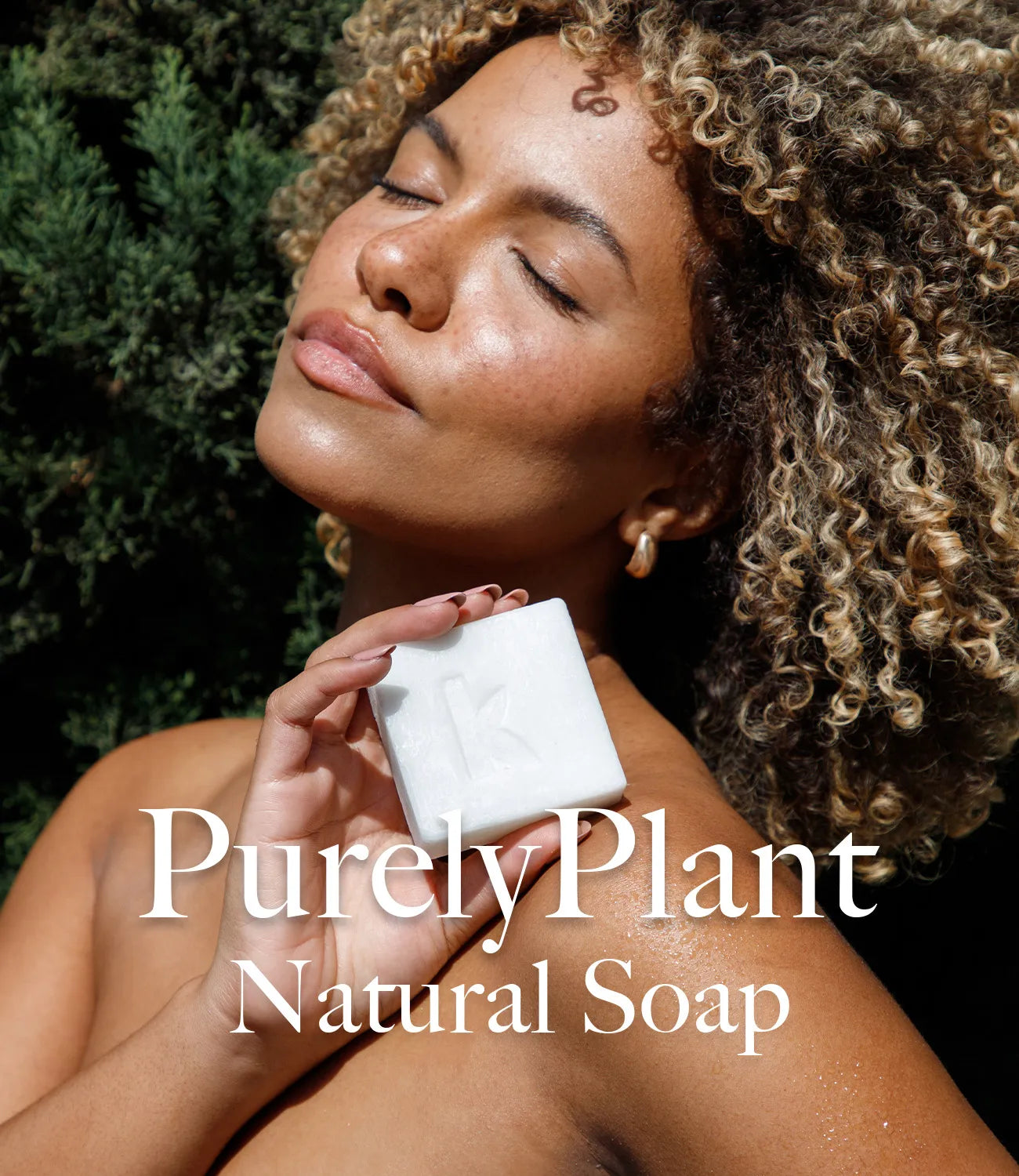Kojic Acid Soap Benefits
Kojic acid is a natural compound derived from various fungi, particularly Aspergillus oryzae, which is commonly known as koji mold. It was first discovered in Japan, where it was traditionally used in the fermentation process of sake, a Japanese rice wine. Over time, scientists identified kojic acid’s remarkable properties and its potential applications in skincare. This discovery paved the way for its widespread use in beauty products, especially in products aimed at lightening and brightening the skin.
The extraction of kojic acid involves a fermentation process of rice or other grains, where it acts as a by-product. Its role in inhibiting the production of melanin, the pigment responsible for skin color, has made it a valuable ingredient in various dermatological treatments. Today, kojic acid is recognized for its ability to address issues like hyperpigmentation, dark spots, and uneven skin tone, making it a popular choice in the realm of skincare.
The Popularity and Rising Interest in Kojic Acid Soap in Skincare
In recent years, kojic acid soap has gained significant traction in the skincare industry. This surge in popularity can be attributed to the growing awareness of its benefits and the increasing demand for natural and effective skincare solutions. Consumers are constantly seeking products that offer multiple benefits without the harsh side effects often associated with synthetic ingredients.
The appeal of kojic acid soap lies in its natural origins and its proven efficacy in improving skin appearance. As more people become conscious of the ingredients in their skincare products, there is a clear shift towards natural alternatives that are both safe and effective. Kojic acid soap fits perfectly into this category, offering a gentle yet powerful solution for a range of skin concerns.
The versatility of kojic acid soap further adds to its appeal. It can be used by individuals with different skin types and conditions, making it a universal solution for many. Whether it’s used to address specific issues like age spots and acne scars or simply to enhance overall skin radiance, kojic acid soap has become a staple in many skincare routines.
In summary, kojic acid soap’s origins in traditional Japanese fermentation processes highlight its natural and historical significance. Its rise in popularity is a testament to its effectiveness and the growing trend towards natural skincare solutions. As consumers continue to prioritize safe and natural ingredients, kojic acid soap stands out as a leading choice for achieving healthier, more radiant skin.
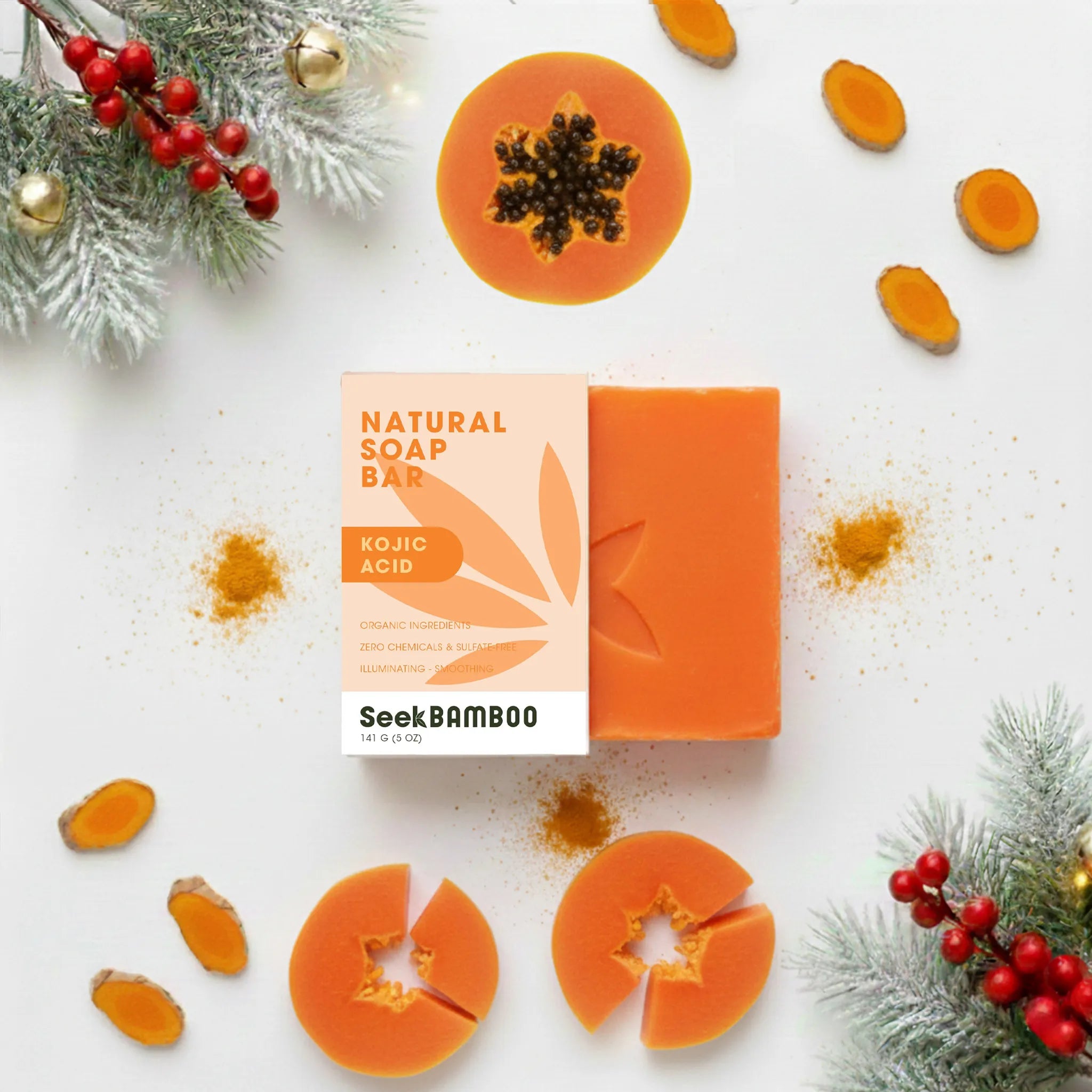
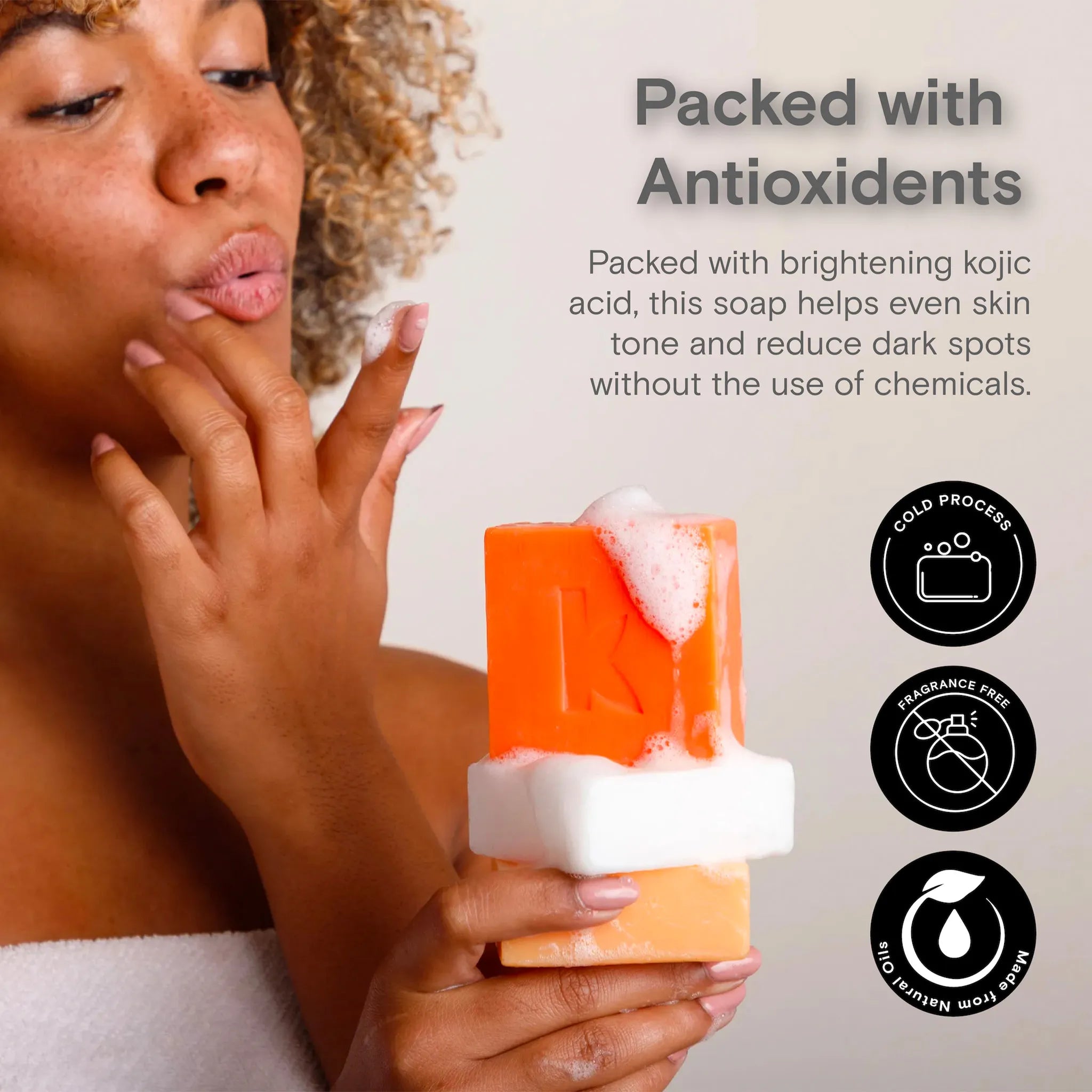
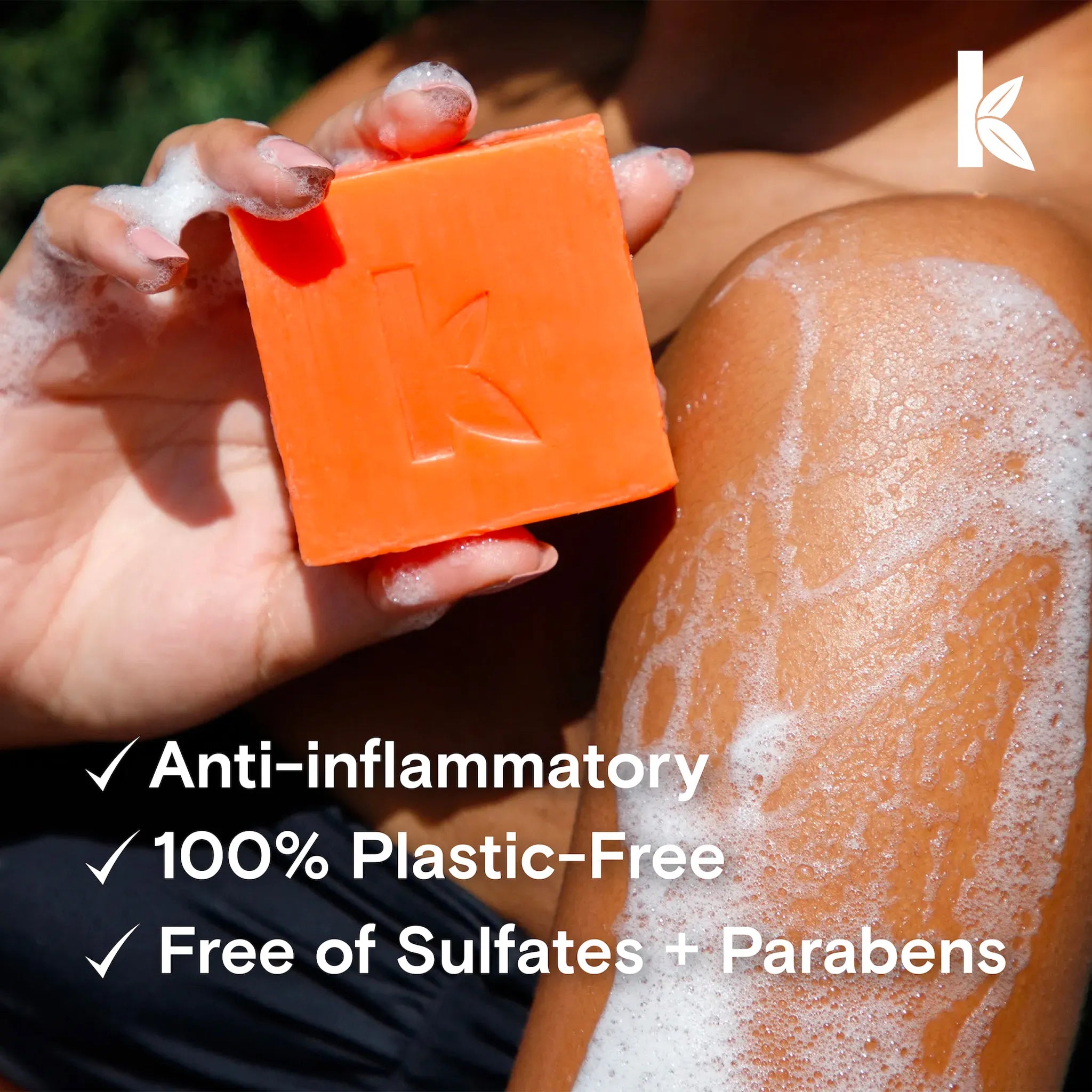
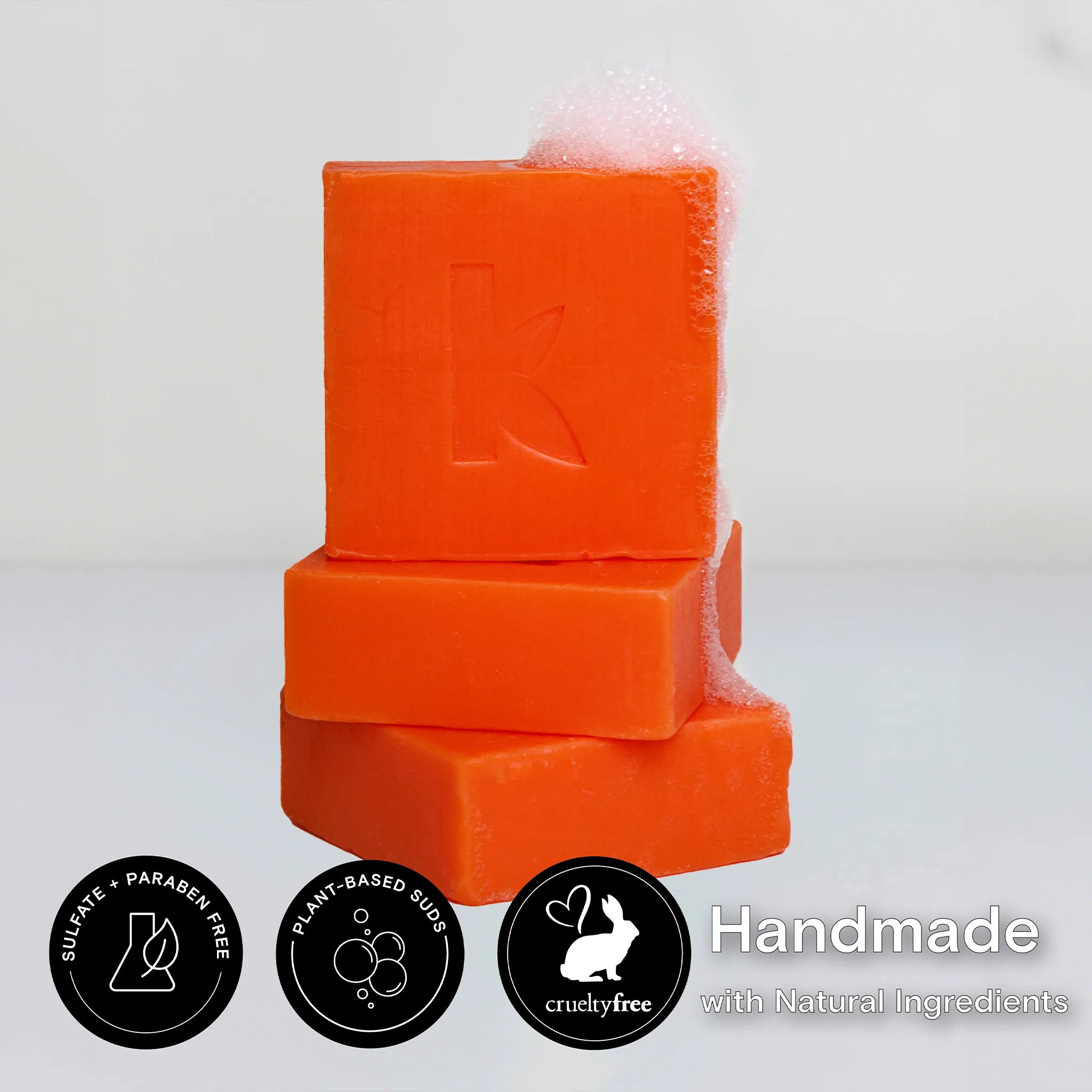
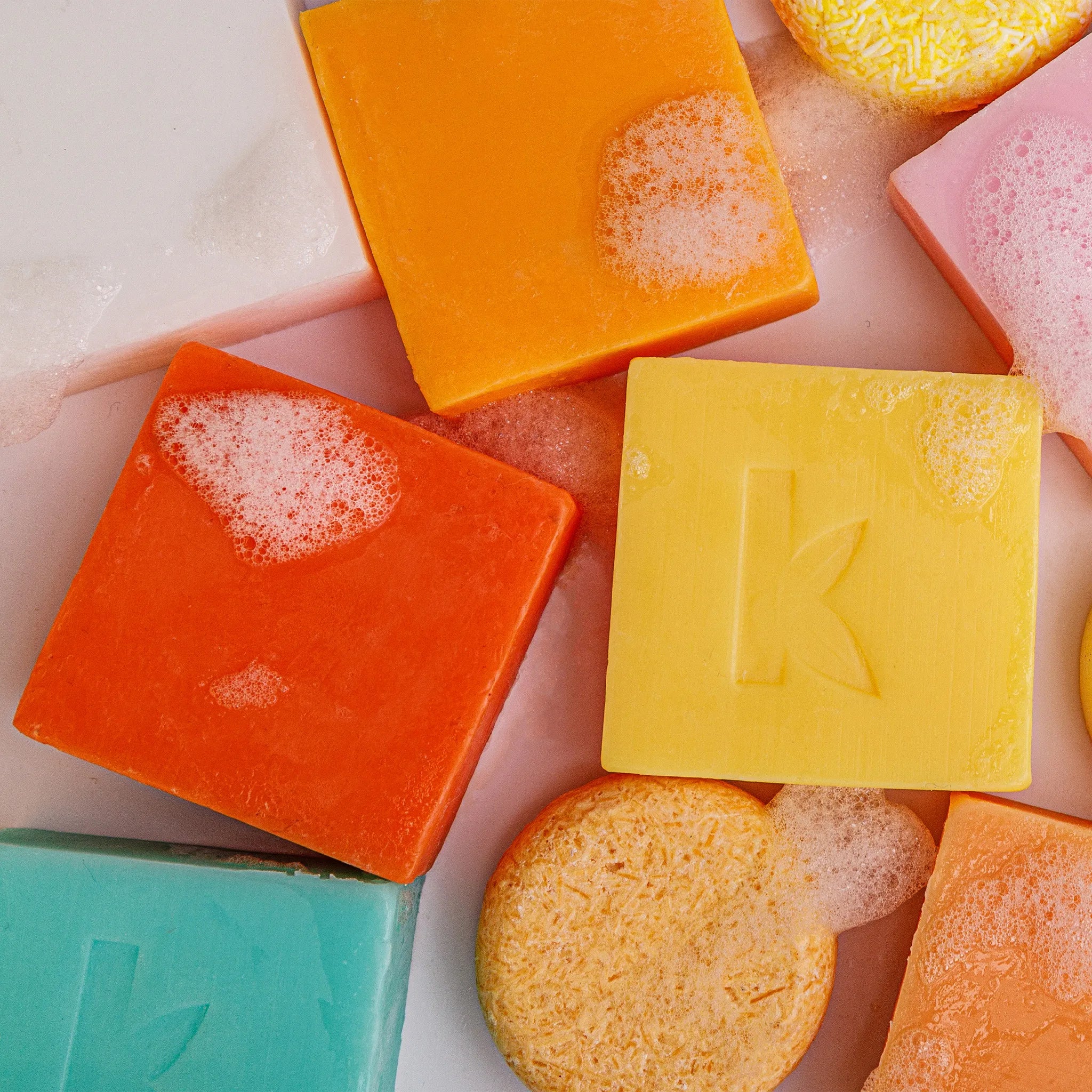


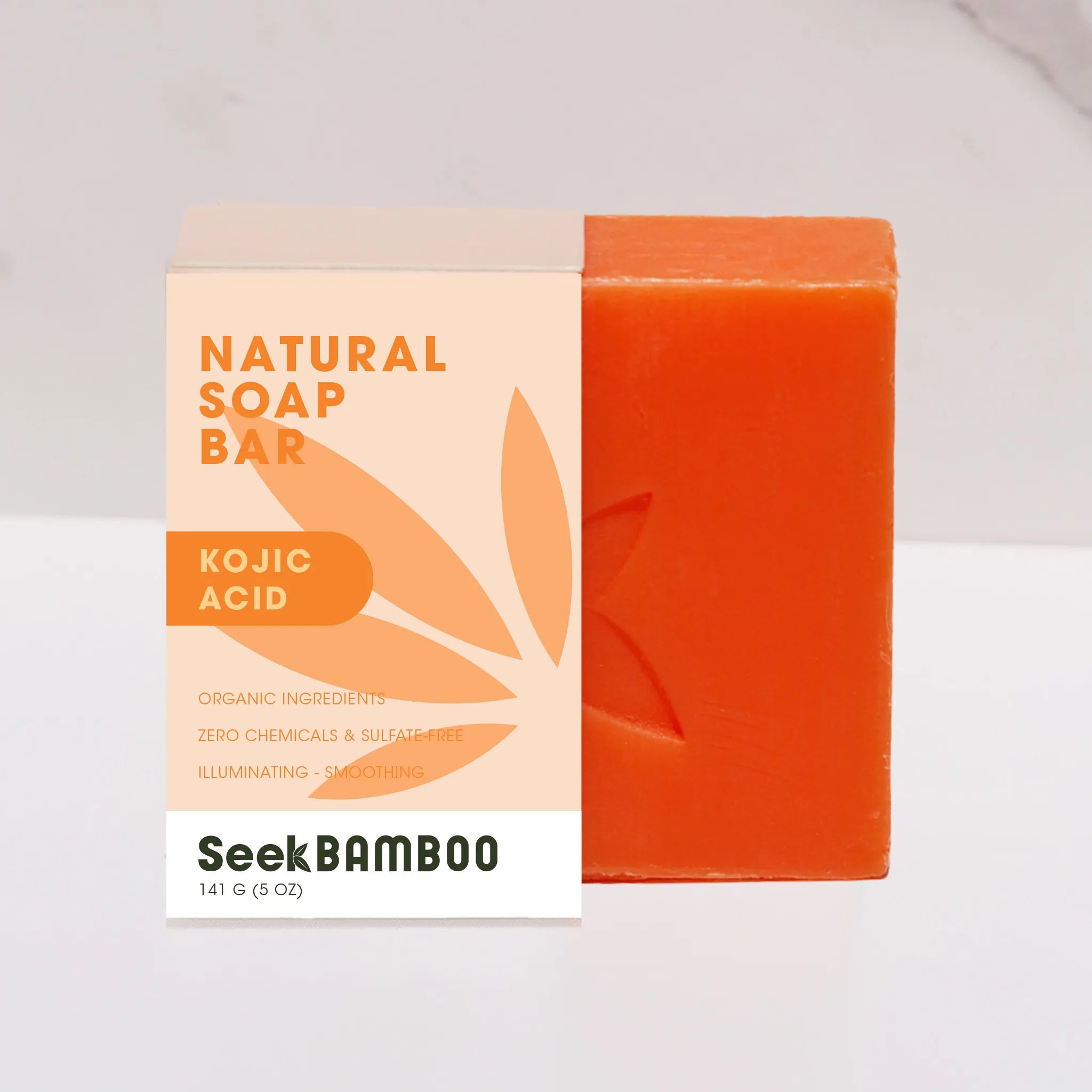
What is Kojic Acid?
Kojic acid is an organic compound produced by various fungi, including Aspergillus oryzae, which is also known as koji mold. It is a by-product of the fermentation process of certain foods, such as rice, soybeans, and other grains. Kojic acid’s chemical structure allows it to effectively inhibit the enzyme tyrosinase, which plays a crucial role in the production of melanin, the pigment responsible for skin color. This inhibition leads to a reduction in the formation of dark spots and an overall lightening effect on the skin.
Natural sources of kojic acid include:
- Fermented Rice: Kojic acid was first discovered in Japan as a by-product of rice fermentation used in the production of sake, a traditional Japanese rice wine.
- Certain Fungi: Several species of fungi, particularly Aspergillus oryzae, produce kojic acid during their metabolic processes.
- Fermented Soybeans: The fermentation of soybeans for products like soy sauce and miso can also yield kojic acid.
These natural sources highlight the organic origins of kojic acid, making it a preferred ingredient for those seeking natural skincare solutions.
History and Traditional Uses in Skincare
The history of kojic acid dates back to the early 20th century in Japan, where it was first isolated by Japanese scientists during their study of koji mold. The discovery was initially significant for the food industry, particularly in the fermentation of sake. However, its potential benefits for skin health were soon recognized, leading to its incorporation into various skincare formulations.
Traditionally, kojic acid has been used in Japanese skincare for its remarkable ability to lighten and brighten the skin. The Japanese have long valued clear, even-toned skin, and kojic acid became a natural choice for achieving these aesthetic goals. Its use in skincare began with simple formulations, such as kojic acid-infused rice water and basic topical treatments aimed at reducing dark spots and promoting a luminous complexion.
In the mid-20th century, the cosmetic industry began to take notice of kojic acid’s unique properties. Its effectiveness in inhibiting melanin production made it a sought-after ingredient in products designed to treat hyperpigmentation, melasma, and other skin discolorations. The skincare benefits of kojic acid were soon backed by scientific research, which confirmed its role in decreasing melanin synthesis and providing antioxidant protection.
Modern Applications
Today, kojic acid is widely used in various skincare products, including soaps, creams, serums, and lotions. Its applications have expanded beyond Japan, gaining global recognition and popularity. Dermatologists and skincare experts recommend kojic acid for its multi-faceted benefits, which include:
- Hyperpigmentation Treatment: Kojic acid is highly effective in treating dark spots, age spots, and other forms of hyperpigmentation.
- Anti-Aging Benefits: By reducing the appearance of age spots and promoting a more even skin tone, kojic acid contributes to a more youthful complexion.
- Antioxidant Properties: Kojic acid provides protection against oxidative stress, which can damage skin cells and accelerate aging.
- Acne Scar Reduction: Its ability to lighten skin can help reduce the visibility of acne scars and other blemishes.
The incorporation of kojic acid into modern skincare formulations has made it accessible to a broader audience. Consumers can find kojic acid in over-the-counter products or seek professional treatments that include this potent ingredient. The rise of natural and organic skincare trends has further boosted kojic acid’s popularity, as it aligns with the demand for safe and effective natural ingredients.
Kojic acid, with its roots in traditional Japanese fermentation practices, has become a cornerstone in the field of skincare. Its natural sources and proven efficacy in treating various skin concerns make it a valuable ingredient for achieving a brighter, more even complexion. The historical and modern applications of kojic acid underscore its enduring relevance and effectiveness, ensuring its place as a trusted component in the quest for healthy, radiant skin.


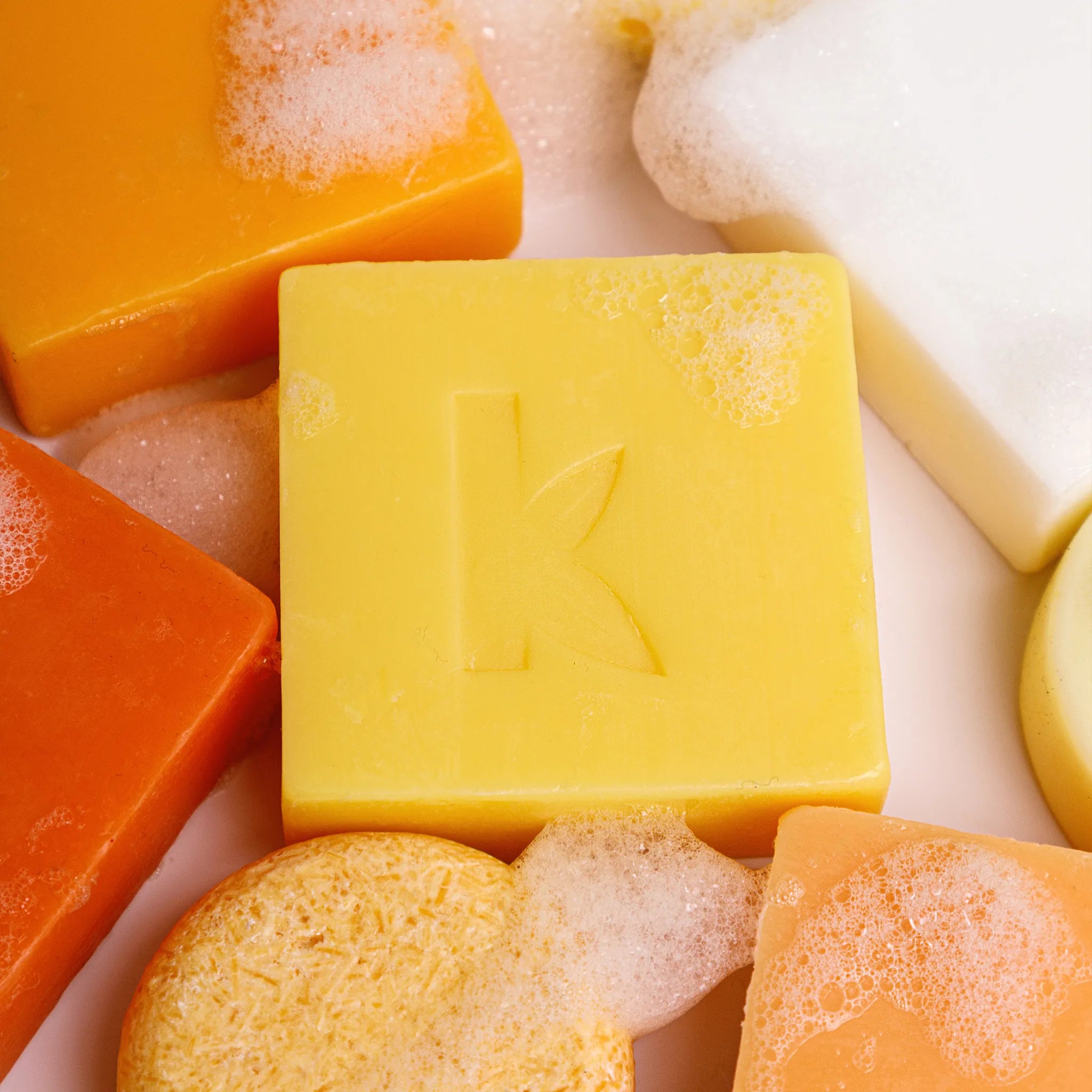

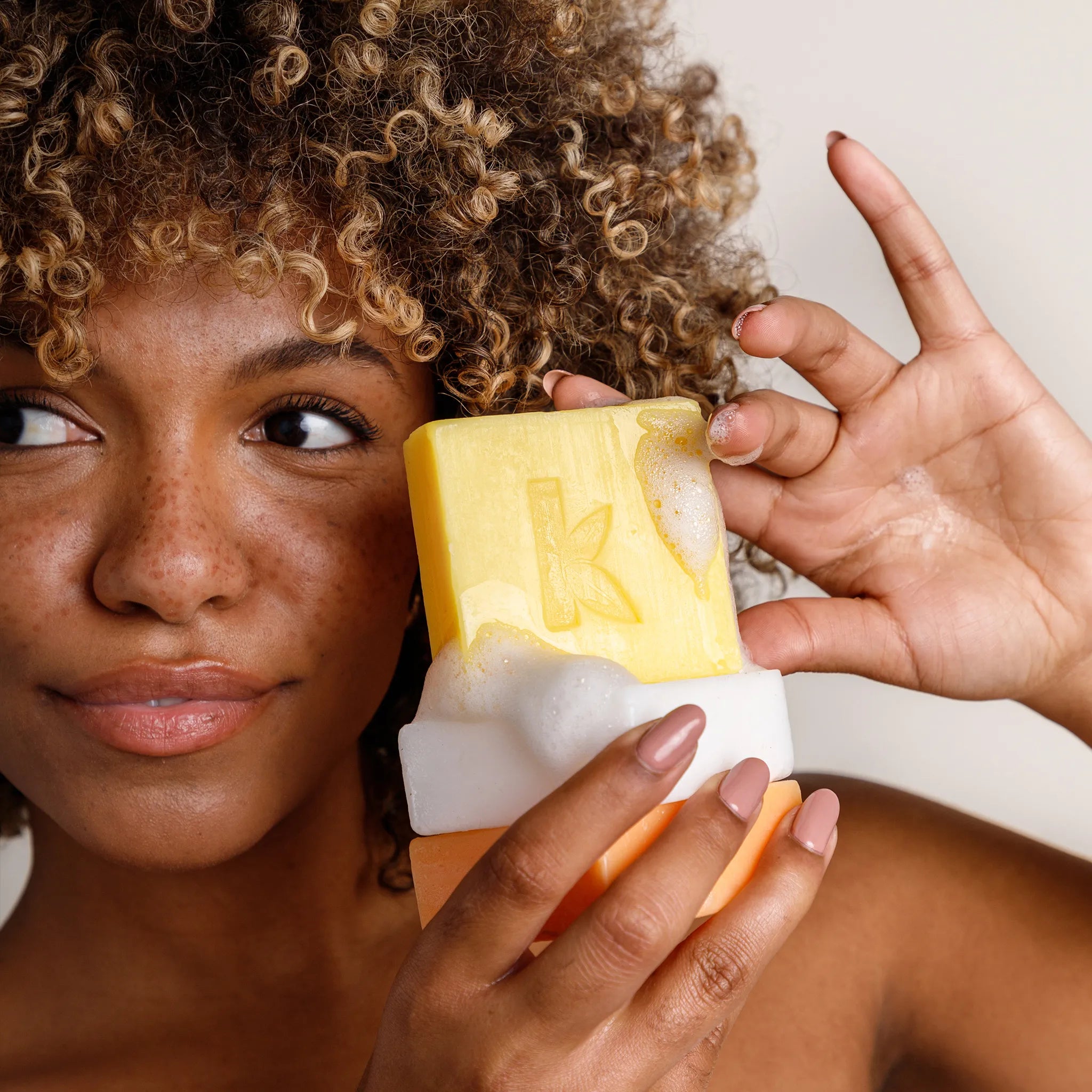

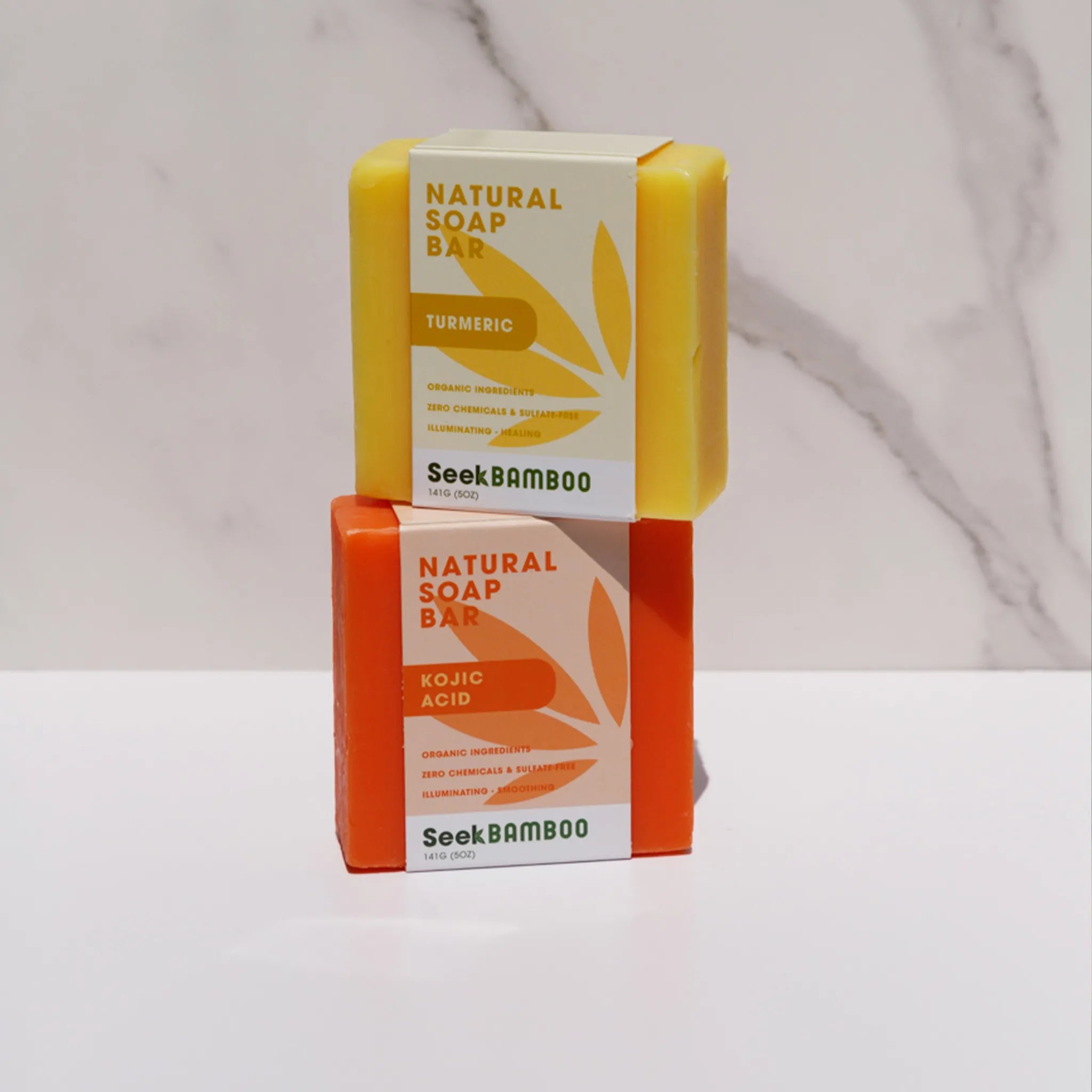
✓ Turmeric Soap: Turmeric’s anti-inflammatory properties help soothe irritated skin, reducing redness and promoting a healthy, glowing complexion
✓ Kojic Acid Soap: Kojic acid helps brighten skin by reducing the appearance of dark spots and evening out skin tone
✓ Free of sulfates, parabens, dyes, & synthetic fragrances
✓ 5 oz. bar size — long-lasting lather with every wash
✓ Cold-processed for a nutrient-packed, gentle cleanse
How Kojic Acid Works
The Mechanism of Action: Inhibiting Melanin Production
Kojic acid works primarily by inhibiting the production of melanin, the pigment responsible for the color of our skin, hair, and eyes. Melanin is produced by specialized cells called melanocytes, which are located in the epidermis, the outermost layer of the skin. The production of melanin is a complex process that involves several steps, with the enzyme tyrosinase playing a crucial role.
Here’s how kojic acid inhibits melanin production:
- Inhibition of Tyrosinase: Tyrosinase is an enzyme that catalyzes the production of melanin from the amino acid tyrosine. Kojic acid inhibits the activity of tyrosinase, effectively slowing down or halting the melanin production process. By binding to the copper ions in the tyrosinase enzyme, kojic acid prevents the enzyme from converting tyrosine into melanin.
- Reduction of Melanin Formation: With tyrosinase activity inhibited, the subsequent steps in the melanin synthesis pathway are also disrupted. This leads to a significant reduction in the overall production of melanin within the melanocytes.
- Antioxidant Activity: Kojic acid also exhibits antioxidant properties, which help protect the skin from oxidative stress. Oxidative stress can trigger the overproduction of melanin as a protective response. By neutralizing free radicals and reducing oxidative stress, kojic acid further helps to control melanin production.
Why Reducing Melanin Production Can Be Beneficial for Skin
The reduction of melanin production can offer several benefits for the skin, particularly for individuals dealing with hyperpigmentation and uneven skin tone. Here are some of the key benefits:
- Lightening Dark Spots and Hyperpigmentation: Hyperpigmentation occurs when certain areas of the skin produce more melanin than others, resulting in dark spots, age spots, and patches. By inhibiting melanin production, kojic acid helps lighten these dark spots and promotes a more even skin tone. This is particularly beneficial for conditions such as melasma, sun spots, and post-inflammatory hyperpigmentation caused by acne.
- Evening Out Skin Tone: Uneven skin tone can make the complexion look dull and tired. Reducing melanin production helps achieve a more uniform skin tone, enhancing the overall appearance and radiance of the skin. This can give the skin a smoother, more polished look, which is often associated with a healthy and youthful complexion.
- Anti-Aging Effects: Age spots and pigmentation issues are common signs of aging. By decreasing the formation of melanin, kojic acid can help diminish the appearance of these age-related spots, contributing to a more youthful and vibrant look. Additionally, its antioxidant properties help protect the skin from further damage caused by free radicals and environmental stressors, which can accelerate the aging process.
- Improving Acne Scars: Acne scars often appear as dark marks on the skin, which can take a long time to fade naturally. Kojic acid’s ability to lighten these marks makes it an effective treatment for reducing the visibility of acne scars. This not only improves the skin’s appearance but also boosts confidence for individuals who may feel self-conscious about their scars.
- Preventing Future Pigmentation: Regular use of kojic acid can help prevent new dark spots from forming. By continuously inhibiting tyrosinase activity, kojic acid helps maintain a balanced melanin production, reducing the likelihood of developing new pigmentation issues.
Kojic acid is a powerful ingredient in the realm of skincare due to its ability to inhibit melanin production effectively. By targeting the enzyme tyrosinase, kojic acid reduces the formation of melanin, leading to a lighter and more even skin tone. The benefits of reducing melanin production extend beyond just aesthetic improvements; they also encompass anti-aging effects, improved skin clarity, and enhanced overall skin health.
Incorporating kojic acid into your skincare routine can be a game-changer for those struggling with hyperpigmentation, uneven skin tone, and dark spots. Its dual action of inhibiting melanin synthesis and providing antioxidant protection makes it a versatile and valuable component of any comprehensive skincare regimen. Embrace the transformative power of kojic acid and reveal your skin's true radiance.
Benefits of Kojic Acid Soap
Skin Brightening
Kojic acid soap is widely recognized for its ability to lighten dark spots and hyperpigmentation. The primary mechanism through which kojic acid achieves this is by inhibiting the production of melanin, the pigment responsible for skin color. When melanin production is reduced, existing dark spots gradually fade, and new pigmentation is prevented from forming.
- Lightening Dark Spots: Kojic acid soap can effectively lighten dark spots caused by various factors such as sun exposure, aging, and hormonal changes. By consistently using kojic acid soap, individuals can see a significant reduction in the visibility of these spots.
- Treating Hyperpigmentation: Conditions like melasma, which cause brown or grayish-brown patches on the skin, can be effectively managed with kojic acid soap. Additionally, it helps reduce the appearance of sun spots, which are caused by prolonged exposure to UV rays.
Even Skin Tone
Regular use of kojic acid soap can result in a more uniform complexion. This benefit is particularly appealing to those who suffer from uneven skin tone due to various skin conditions or external factors.
- Uniform Complexion: By lightening hyperpigmented areas and reducing melanin production, kojic acid soap helps create a more even skin tone. This uniformity enhances the overall appearance and radiance of the skin.
- Reducing Acne Scars and Age Spots: Acne scars often appear as dark marks that can take months or even years to fade. Kojic acid soap accelerates the fading process, reducing the appearance of these scars. Similarly, age spots, which are a common sign of aging, can be diminished, giving the skin a younger and more even-toned look.
Anti-Aging Properties
Reducing dark spots and uneven pigmentation can make the skin look younger, but kojic acid soap offers additional anti-aging benefits as well.
- Youthful Appearance: Dark spots and pigmentation issues are often associated with aging skin. By lightening these areas, kojic acid soap can make the skin appear more youthful and vibrant.
- Antioxidant Properties: Kojic acid is not only effective in reducing pigmentation but also provides antioxidant protection. Antioxidants neutralize free radicals that cause oxidative stress and damage to the skin. This protection helps prevent premature aging, maintaining the skin's health and elasticity.
Antibacterial Effects
Kojic acid also possesses antibacterial properties, which can be beneficial in managing acne and other bacterial skin infections.
- Reducing Acne-Causing Bacteria: Acne is often caused by the bacteria Propionibacterium acnes. Kojic acid soap helps reduce the presence of these bacteria on the skin, thereby minimizing the occurrence of acne breakouts.
- Preventing and Treating Acne: By maintaining a cleaner skin surface and reducing bacterial load, kojic acid soap can prevent new acne from forming and help treat existing acne, resulting in clearer skin over time.
Gentle Exfoliation
Another significant benefit of kojic acid soap is its gentle exfoliating action. Exfoliation is crucial for maintaining healthy skin as it helps remove dead skin cells and promotes cell turnover.
- Removal of Dead Skin Cells: Kojic acid soap aids in sloughing off dead skin cells that can accumulate on the surface of the skin, leading to a dull and uneven complexion. Regular exfoliation helps reveal fresh, new skin underneath.
- Improving Skin Texture and Appearance: By removing dead skin cells, kojic acid soap helps improve the texture of the skin, making it smoother and softer. This exfoliation also enhances the skin's natural glow and helps other skincare products penetrate more effectively.
Kojic acid soap offers a multitude of benefits that make it a powerful addition to any skincare routine. Its ability to brighten the skin, even out the complexion, and reduce the appearance of dark spots and scars makes it an invaluable tool for achieving radiant skin. The anti-aging properties, antibacterial effects, and gentle exfoliation further enhance its appeal, providing comprehensive care that addresses multiple skin concerns.
How to Use Kojic Acid Soap
Using kojic acid soap correctly can maximize its benefits and help you achieve the desired results for your skin. Here’s a step-by-step guide on how to use kojic acid soap, along with some tips for integrating it into your daily skincare routine and information on how often to use it.
Step-by-Step Guide to Using Kojic Acid Soap
- Prepare Your Skin:
Start by wetting your face or the area of your body you want to treat with lukewarm water. This helps to open up your pores and allows the soap to penetrate better.
- Lather the Soap:
Take the kojic acid soap and rub it between your hands to create a rich lather. You can also use a gentle washcloth or a soft sponge for this step.
- Apply the Lather:
Gently apply the lather to your skin, focusing on areas with dark spots, hyperpigmentation, or uneven skin tone. Be careful to avoid sensitive areas like the eyes and mouth.
- Massage the Skin
Using gentle circular motions, massage the soap lather into your skin. This helps to exfoliate the skin and enhance the soap’s effectiveness.
- Leave It On:
Allow the soap to sit on your skin for about 1-3 minutes. This gives the kojic acid time to work on inhibiting melanin production and providing its brightening effects.
- Rinse Thoroughly:
Rinse off the soap thoroughly with lukewarm water. Make sure to remove all the soap residue to prevent any irritation.
- Pat Dry:
Gently pat your skin dry with a clean towel. Avoid rubbing, as this can cause irritation.
- Moisturize:
After using kojic acid soap, it’s important to follow up with a good moisturizer. Kojic acid can sometimes be drying, so keeping your skin hydrated is crucial.
Tips for Integrating Kojic Acid Soap into Your Daily Skincare Routine
- Start Slowly: If you’re new to kojic acid soap, start by using it once every other day. This allows your skin to adjust to the active ingredient without becoming irritated.
- Monitor Your Skin: Pay attention to how your skin reacts. If you experience any redness, dryness, or irritation, reduce the frequency of use or discontinue use altogether.
- Use Sunscreen: Kojic acid can make your skin more sensitive to the sun. Always apply a broad-spectrum sunscreen with at least SPF 30 during the day to protect your skin from UV damage.
- Pair with Gentle Products: Avoid using harsh exfoliants or other strong skincare products while using kojic acid soap. Stick to gentle, hydrating products to complement its effects.
How Often to Use Kojic Acid Soap and Expected Results
Frequency of Use: For most people, using kojic acid soap once daily is sufficient. If you have sensitive skin, you may want to start with every other day and gradually increase to daily use as your skin builds tolerance.
Expected Results: With consistent use, you can expect to see improvements in your skin’s brightness and evenness within 4 to 6 weeks. Dark spots and hyperpigmentation may start to fade, and your overall complexion will appear more uniform. Results can vary based on individual skin types and the severity of the pigmentation.
Incorporating kojic acid soap into your skincare routine can lead to significant improvements in skin tone and texture. By following the step-by-step guide and integrating the soap with the right skincare practices, you can maximize its benefits and achieve a brighter, more even complexion. Remember to be patient and consistent, as results take time and regular use. With proper care, kojic acid soap can be a powerful tool in your journey towards healthier, more radiant skin.
Who Can Benefit from Kojic Acid Soap?
Kojic acid soap is a versatile skincare product that offers numerous benefits for various skin types and conditions. However, it's essential to understand who can benefit the most from using it and who might need to avoid it due to potential contraindications.
Ideal Candidates for Kojic Acid Soap
Kojic acid soap is particularly beneficial for individuals looking to address issues related to hyperpigmentation and uneven skin tone. Here are some specific groups who can benefit the most:
- Individuals with Hyperpigmentation: People suffering from hyperpigmentation, which includes dark spots, age spots, melasma, and sun spots, will find kojic acid soap particularly effective. Its ability to inhibit melanin production helps lighten these pigmented areas and promotes a more even skin tone.
- Those with Acne Scars: Post-inflammatory hyperpigmentation caused by acne can leave dark marks that linger long after the blemishes have healed. Kojic acid soap can help fade these acne scars, improving the overall complexion.
- Aging Skin: As we age, our skin often develops age spots and uneven pigmentation. Kojic acid soap can help reduce the appearance of these age-related changes, contributing to a more youthful and even skin tone.
- Individuals with Melasma: Melasma is a condition that causes dark, discolored patches on the skin, often triggered by hormonal changes. Kojic acid soap can help lighten these patches and improve skin uniformity.
- People Seeking Brighter Skin: Even those without significant pigmentation issues may desire a brighter, more radiant complexion. Kojic acid soap can enhance skin brightness and provide a healthy glow.
Skin Types and Conditions That Benefit
Kojic acid soap is suitable for a variety of skin types and conditions, though it is especially effective for:
- Oily Skin: Individuals with oily skin can benefit from kojic acid soap’s ability to manage acne and reduce post-acne scars.
- Combination Skin: Those with combination skin will appreciate the soap’s ability to even out skin tone without overly drying or excessively moisturizing the skin.
- Normal Skin: People with normal skin can use kojic acid soap to maintain an even, bright complexion and prevent the development of dark spots.
While kojic acid soap can be beneficial for many, it’s important to note that individuals with sensitive skin should approach with caution. The potent nature of kojic acid can sometimes cause irritation, so starting with a patch test is advisable.
Contraindications and Individuals Who Should Avoid Kojic Acid Soap
Despite its numerous benefits, there are certain individuals who should avoid using kojic acid soap or approach it with caution:
- Sensitive Skin: Those with highly sensitive skin may experience irritation, redness, or a burning sensation when using kojic acid soap. It’s crucial to perform a patch test before full application. If any adverse reactions occur, discontinue use immediately.
- Allergies: Individuals who have known allergies to kojic acid or any other ingredients in the soap should avoid using it to prevent allergic reactions.
- Broken or Damaged Skin: Applying kojic acid soap to broken or damaged skin can cause severe irritation. It’s best to avoid using it until the skin has healed completely.
- Pregnant or Nursing Women: Although there are no definitive studies indicating harm, pregnant or nursing women should consult with a healthcare provider before using products containing kojic acid to ensure safety.
- Severe Skin Conditions: Individuals with severe skin conditions such as eczema or psoriasis should seek advice from a dermatologist before using kojic acid soap, as it may exacerbate these conditions.
Kojic acid soap offers significant benefits for those dealing with hyperpigmentation, acne scars, and uneven skin tone. It is particularly effective for oily, combination, and normal skin types. However, individuals with sensitive skin, allergies, broken or damaged skin, pregnant or nursing women, and those with severe skin conditions should exercise caution and consult with a healthcare professional before using kojic acid soap.
Kojic acid soap is a powerful and versatile skincare product that offers a multitude of benefits, making it a valuable addition to any skincare routine. By effectively inhibiting melanin production, kojic acid soap can lighten dark spots and hyperpigmentation, providing a brighter and more even skin tone. Its ability to reduce acne scars, age spots, and melasma further enhances its appeal for those seeking a clearer complexion.
Regular use of kojic acid soap not only promotes a uniform skin tone but also provides significant anti-aging benefits. By diminishing dark spots and uneven pigmentation, it helps maintain a youthful and radiant appearance. Additionally, the antioxidant properties of kojic acid protect the skin from oxidative stress, further contributing to a healthier complexion.
The antibacterial effects of kojic acid soap make it an excellent choice for individuals struggling with acne. By reducing acne-causing bacteria and preventing breakouts, it ensures clearer and smoother skin. Moreover, its gentle exfoliating action removes dead skin cells, improving skin texture and enhancing the overall appearance.
While kojic acid soap is beneficial for a wide range of skin types and conditions, it is particularly effective for those with hyperpigmentation, acne scars, aging skin, and melasma. However, individuals with sensitive skin, known allergies, broken or damaged skin, or severe skin conditions should approach with caution and consult with a healthcare professional if necessary.
Incorporating kojic acid soap into your daily skincare routine can lead to significant improvements in skin health and appearance. Its ability to address multiple skin concerns, from brightening and evening out the complexion to providing anti-aging and antibacterial benefits, makes it a must-have product for anyone seeking a clearer, more radiant skin.
Consider adding kojic acid soap to your skincare regimen to experience its transformative effects. With consistent use, you can achieve a brighter, more even skin tone, reduce the appearance of dark spots and scars, and enjoy the numerous benefits it offers for a healthier, more vibrant complexion. Embrace the power of kojic acid soap and reveal your skin's true radiance.
Kojic Acid Soap Benefits: Your Questions, Our Answers!
Lighten Up with These Fun and Informative FAQs About Kojic Acid Soap
What is kojic acid soap?
Kojic acid soap is a skincare product that contains kojic acid, a natural compound derived from fungi and certain fermented foods. It's widely used for its skin-lightening properties, which help reduce the appearance of dark spots, hyperpigmentation, and uneven skin tone. The soap works by inhibiting the production of melanin, the pigment responsible for skin color.
How does kojic acid soap benefit the skin?
Kojic acid soap offers several benefits for the skin:
- Brightening: It helps lighten dark spots and hyperpigmentation.
- Even Skin Tone: Regular use can result in a more uniform complexion.
- Anti-Aging: By reducing dark spots and discoloration, it can make the skin look younger.
- Antibacterial Properties: Kojic acid has antibacterial effects, which can help reduce acne and other bacterial skin infections.
Can kojic acid soap help with acne scars?
Yes, kojic acid soap can help fade acne scars. Its melanin-inhibiting properties reduce the appearance of dark spots left by acne, promoting a more even skin tone over time. Additionally, its antibacterial properties can help prevent new acne breakouts.
Is kojic acid soap safe for all skin types?
Kojic acid soap is generally safe for most skin types, but it can be too harsh for very sensitive skin. It's important to do a patch test before using it extensively.
How long does it take to see results with kojic acid soap?
Results vary depending on the individual's skin type and the severity of the discoloration. Generally, users may start to see noticeable improvements in their skin tone and reduction in dark spots within 2 to 4 weeks of regular use. Consistency is key for optimal results.
Can kojic acid soap be used on the body as well as the face?
Yes, kojic acid soap can be used on both the face and body. It's effective in treating hyperpigmentation and dark spots on various parts of the body, including the back, arms, and legs. Just be sure to follow the instructions and avoid overuse to prevent irritation.
How should kojic acid soap be incorporated into a skincare routine?
To incorporate kojic acid soap into your skincare routine:
- Step 1: Wet your skin with lukewarm water.
- Step 2: Lather the soap and apply it to the affected areas.
- Step 3: Leave the lather on for 2-3 minutes before rinsing thoroughly.
- Step 4: Follow up with a gentle moisturizer to prevent dryness.
- It's advisable to start using it once a day and gradually increase to twice a day if your skin tolerates it well.
Can kojic acid soap be used with other skin-lightening products?
While kojic acid soap can be used with other skin-lightening products, it's important to proceed with caution to avoid over-exfoliating or irritating the skin. Combining too many active ingredients can lead to increased sensitivity. Always introduce new products gradually and monitor your skin's response. Consulting with a dermatologist can help you create a safe and effective skincare regimen.






